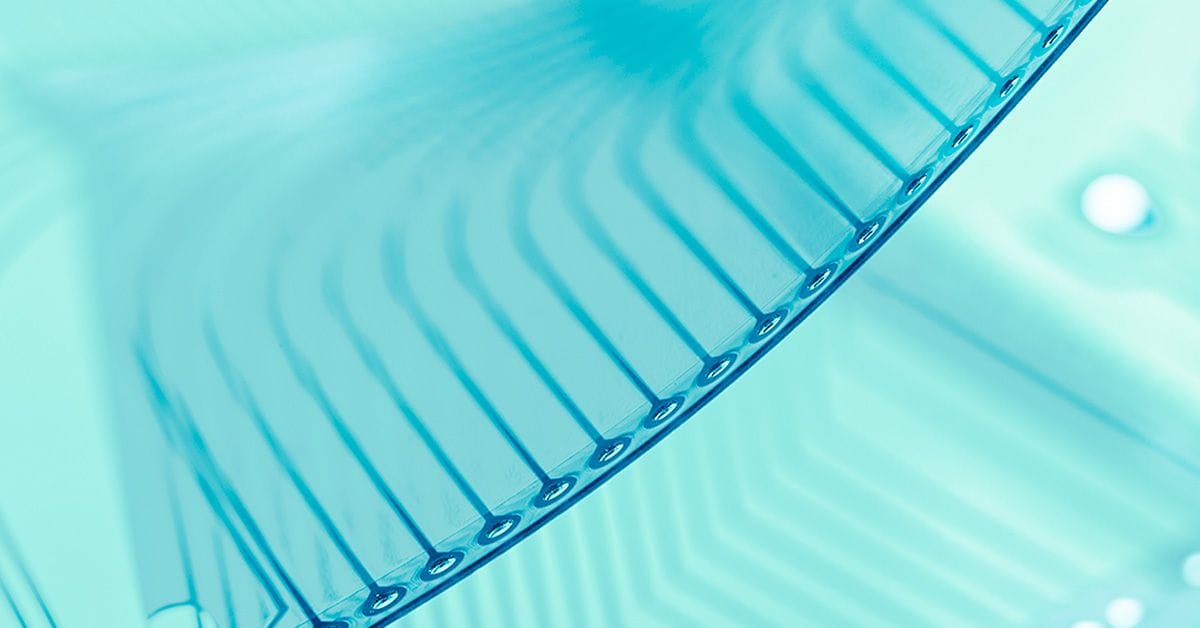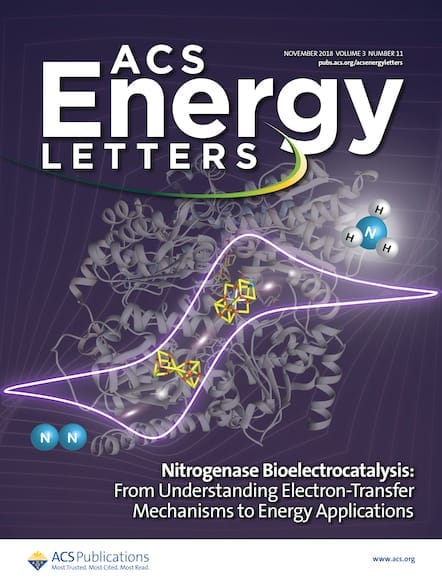Flexible electronics are at the forefront of materials science innovation, but the issue remains of finding the most effective power source for these wearables. A recent study unveils a new, stretchy lithium-ion battery that might just bend to the challenge.

Traditional batteries rely on rigid electrodes paired with liquid electrolytes, housed in a hard case to keep everything safely where it should be. In our energy-hungry modern world, lithium-ion batteries remain a favorite due to their high energy density combined with long cycle time and safety, and they continue to be investigated for next-gen technology such as sustainable air travel. Others continue to investigate alternatives to lithium, such as calcium-, carbon-, and sodium-based batteries, as well as lithium metal anodes. But whether based on lithium or other ions, these powerhouses will need to become shape-shifters if they are to integrate into truly flexible electronics and not get left behind as a technology of the past.
Several methods have been proposed that use stretchable designs inspired by origami or wavy or coiled shapes—as well as ideas that rely on intrinsically stretchy materials.1 But although the structural design concept has been the most widely adopted strategy to date, production and scale-up are complex and expensive, and issues reported include leaking and reduced comfort when worn against the skin.
In order to construct intrinsically stretchable lithium-ion batteries, there is a need to develop high-performance stretchable electrodes and electrolytes. Porous cellular solids like honeycomb can have extraordinary mechanical properties, including structural stretch, and previous work has explored stretchable lithium-ion batteries inspired by honeycomb's structure.2 This approach resulted in superior electrochemical performance, maintaining function even when stretched up to 50% under repeated stretch-release cycles. Similar structural stretch has been found with electrodes based on kirigami, a cutting and folding technique you may recognize if you've ever made a paper snowflake.3
But now, a new study published in ACS Energy Letters reports on a lithium-ion battery with entirely stretchable components.4 To achieve this, the team first developed a novel polymer electrolyte with high ionic conductivity (which allows for rapid lithium-ion transport) and extreme stretchability (up to 5000%). The researchers then combined the stretchy electrolyte with flexible electrodes, made stretchable by sandwiching silver nanowires (AgNWs) and electrode materials in an elastic substrate layer (PDMS). When tested, this stretchy lithium-ion battery stack demonstrated excellent performance, with good cycling stability and the ability to function effectively even under significant mechanical strain.
The authors note that these intrinsically stretchable lithium-ion batteries could significantly advance the field of flexible electronics, offering a practical and scalable solution for powering wearable, implantable, and other bendy devices.
Explore More Battery Content on ACS Axial:
The Future of Flight: A Look Into eVTOL Battery Technology
Revolutionizing Energy Storage: The Resurgence of Calcium-Based Batteries
Ditching Cobalt for Carbon in Lithium-Ion Batteries
Sodium: Leading the Charge Toward Better Batteries
References
- Wang, S. et al. Deformable lithium-ion batteries for wearable and implantable electronics. Appl. Phys. Rev. 2022, 9, 041310.
- Kang, S. et al. Stretchable Lithium-Ion Battery Based on Re-entrant Micro-honeycomb Electrodes and Cross-Linked Gel Electrolyte. ACS Nano 2020, 14, 3, 3660–3668.
- Bao, Y. et al. Customized Kirigami Electrodes for Flexible and Deformable Lithium-Ion Batteries. ACS Appl. Mater. Interfaces 2020, 12, 1, 780–788.
- Wang, S. et al. Elastic Polymer Electrolytes Integrated with In Situ Polymerization-Transferred Electrodes toward Stretchable Batteries. ACS Energy Lett. 2024, 9, XXX, 3672–3682.
